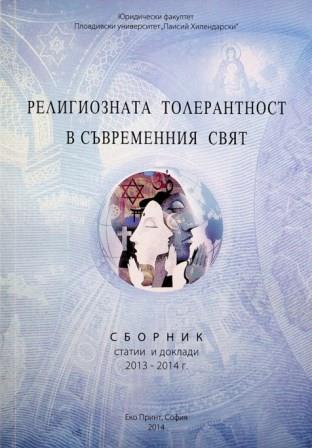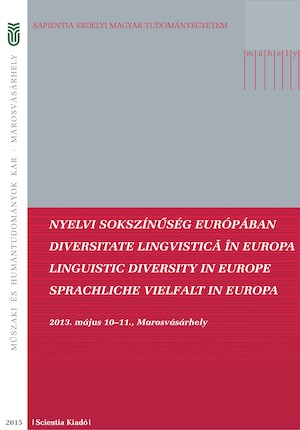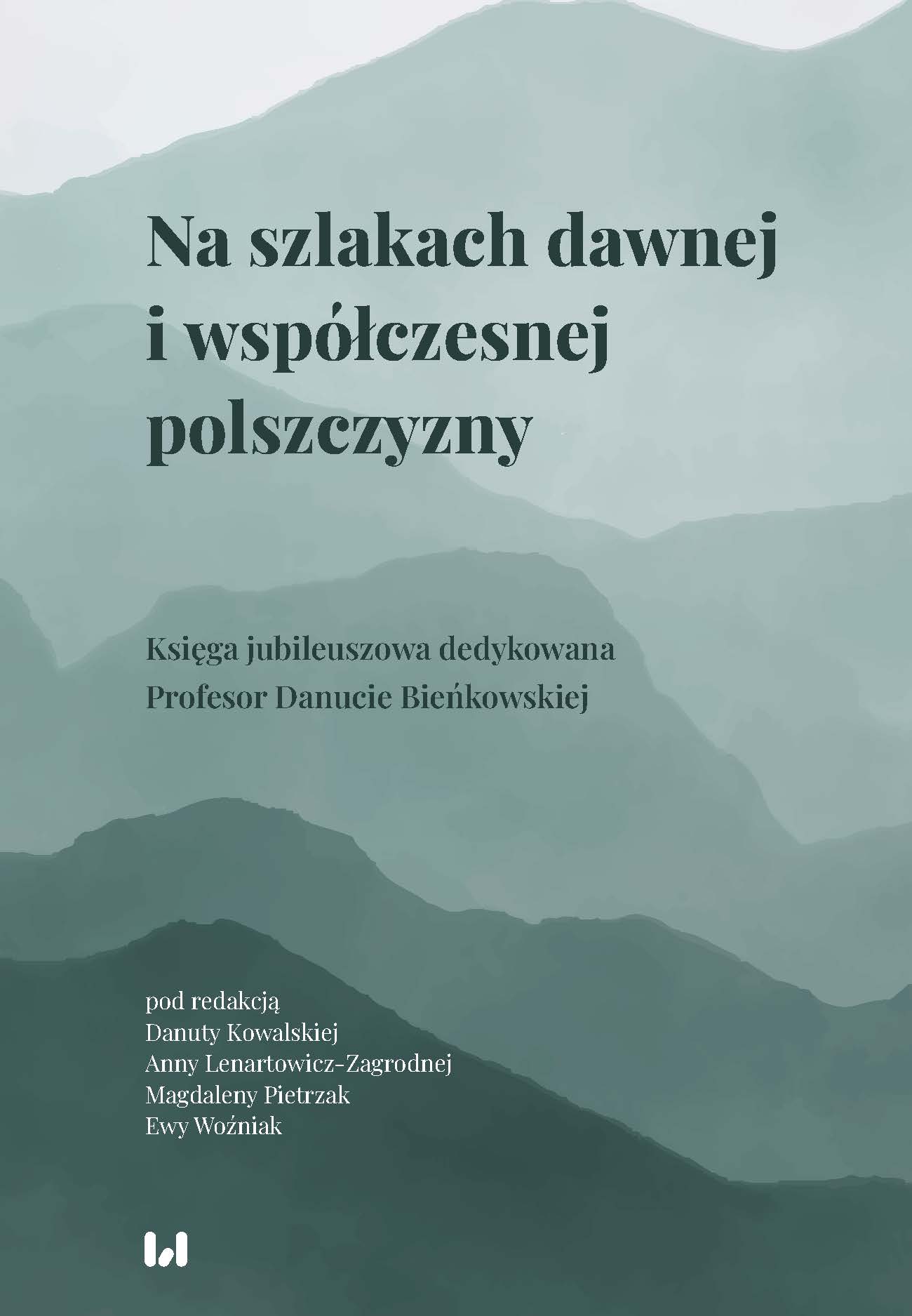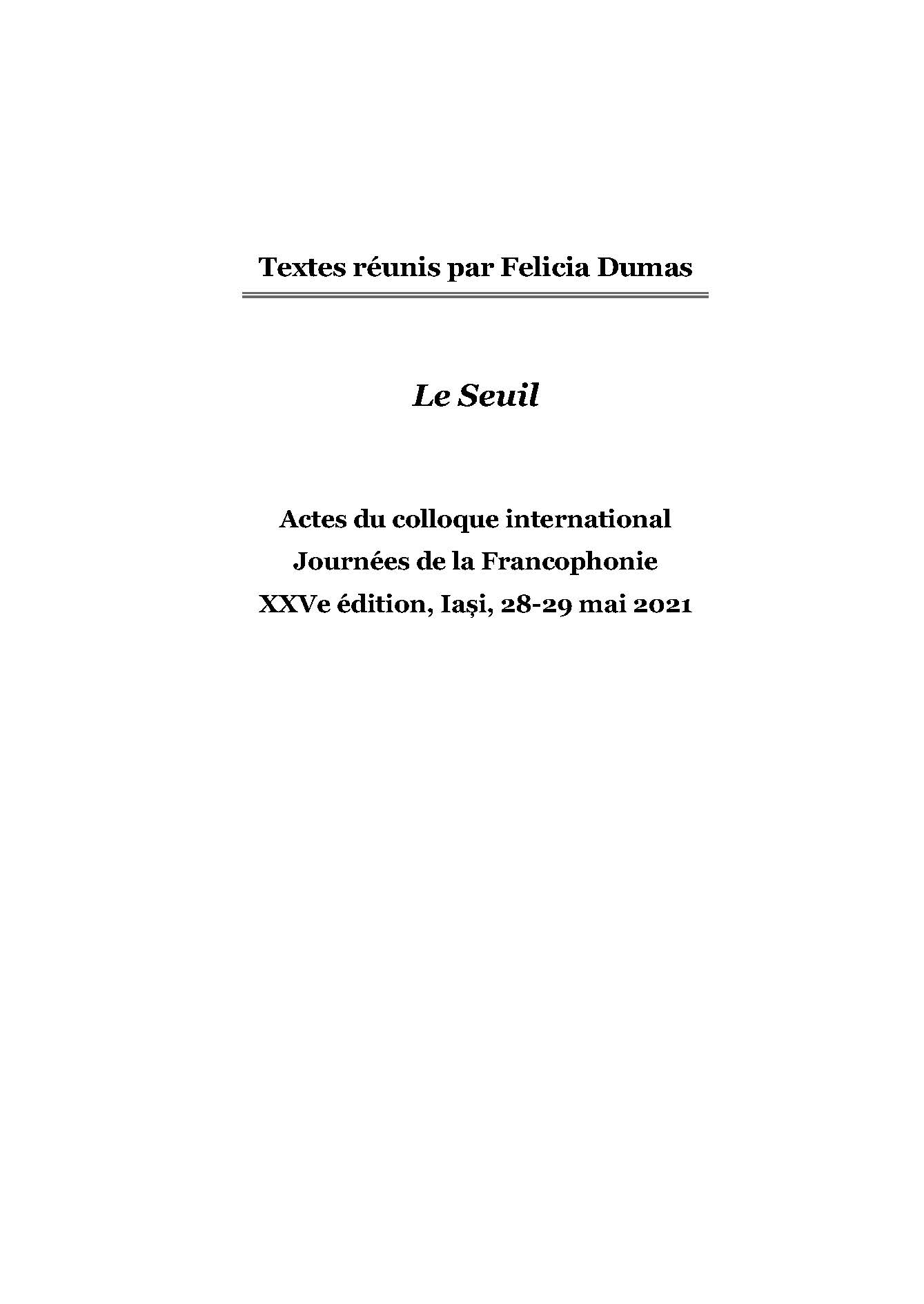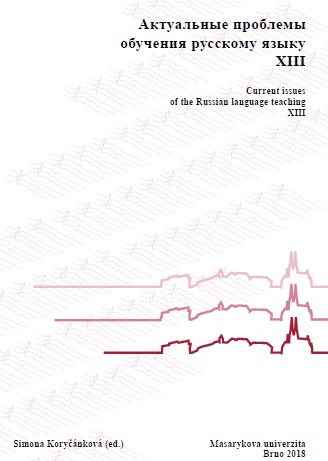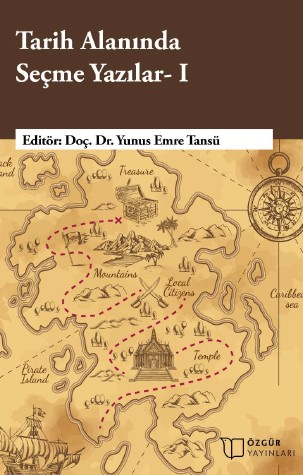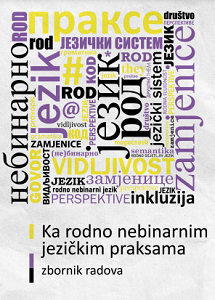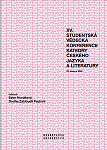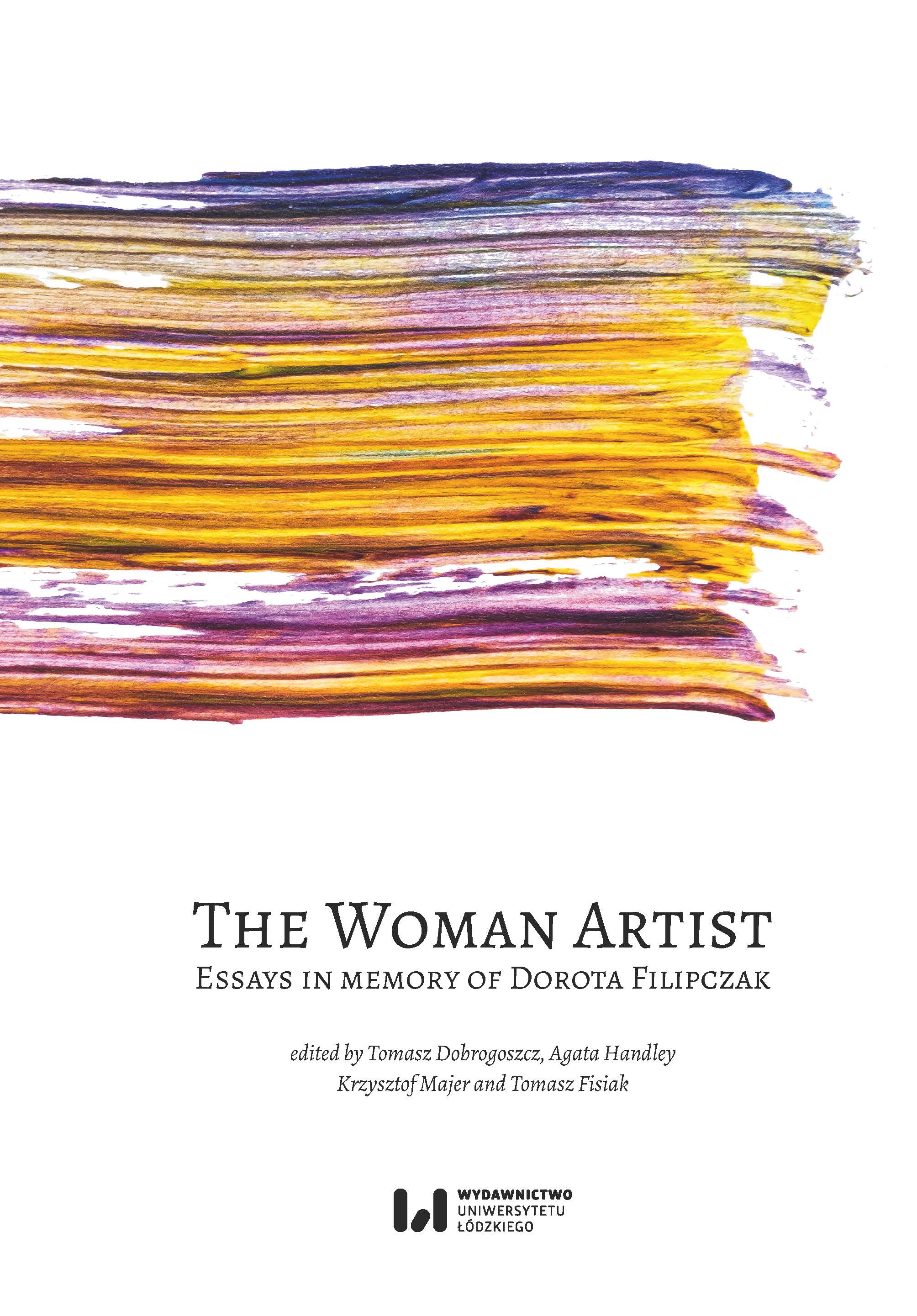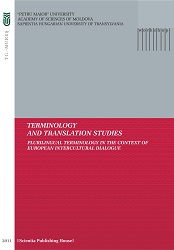
Les ambiguïtés terminologiques dans la traduction spécialisée: le cas de quelques termes économiques
Les ambiguïtés terminologiques que le traducteur rencontre dans la traduction spécialisée sont loin d’être éclairées par les dictionnaires ou les glossaires bilingues ou monolingues du domaine. C’est pourquoi dans le passage d’un terme d’une langue à l’autre, le traducteur doit maîtriser à la fois des connaissances linguistiques et extra-linguistiques. Or, l’hétérogénéité des textes à traduire sur le marché du travail, empêche souvent le traducteur de se spécialiser dans un seul domaine. Dans ce contexte, les ressources terminologiques devraient montrer une plus grande adéquation aux exigences de la traduction spécialisée, en éclaircissant plus précisément certains aspects terminologiques fondamentaux, dont celui de la synonymie, qui peut occasionner des confusions. Tel est le cas des termes « frais », « dépenses », « charges » ou bien « taxes » et « droits », dont l’étroite parenté rend difficile leur choix correct dans la traduction.
More...
